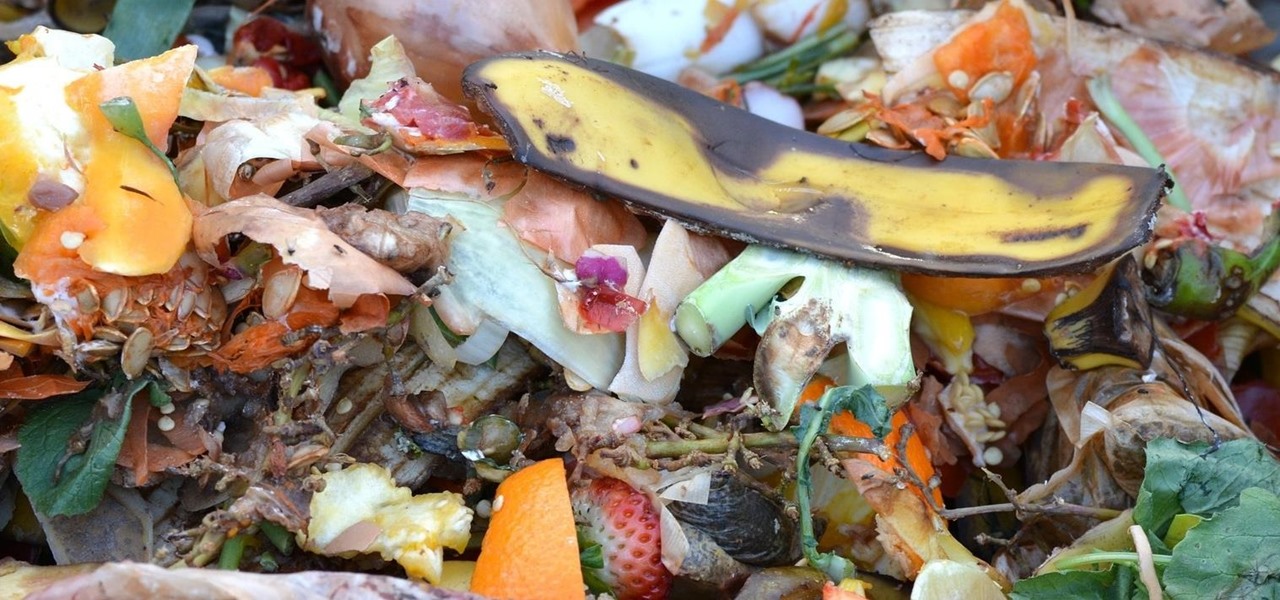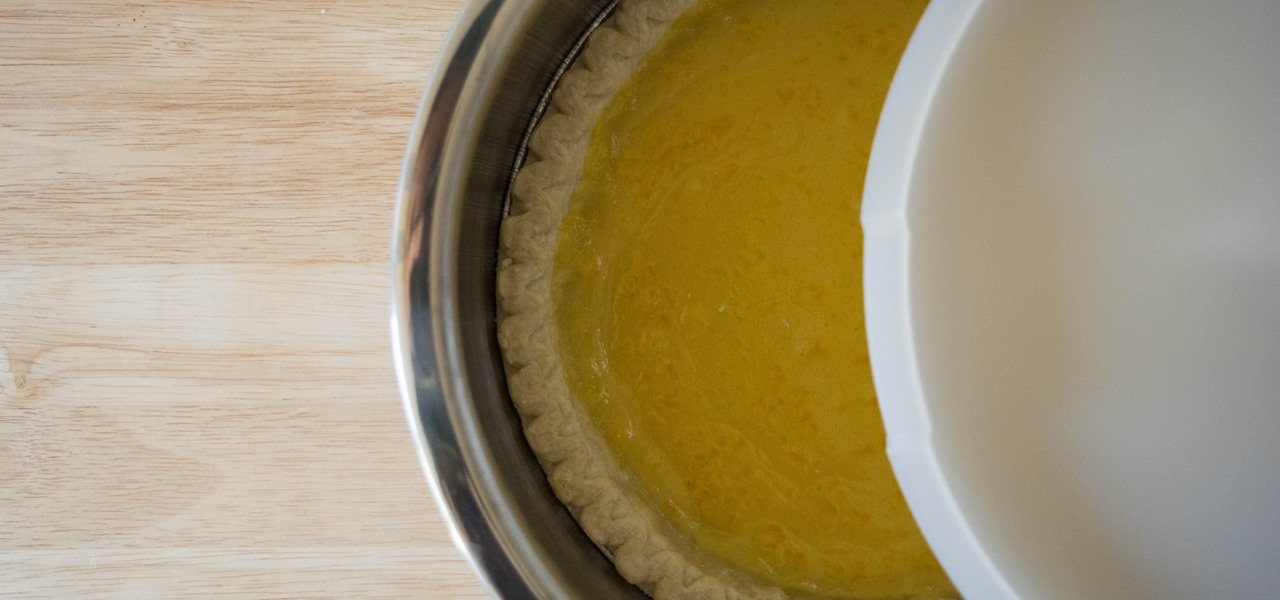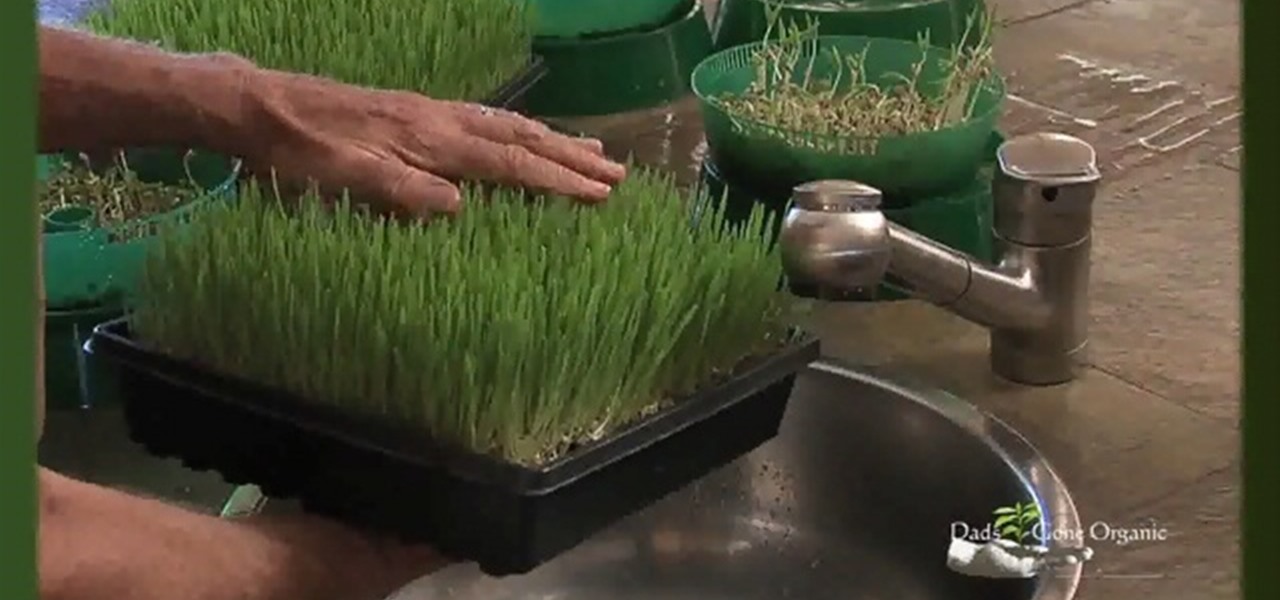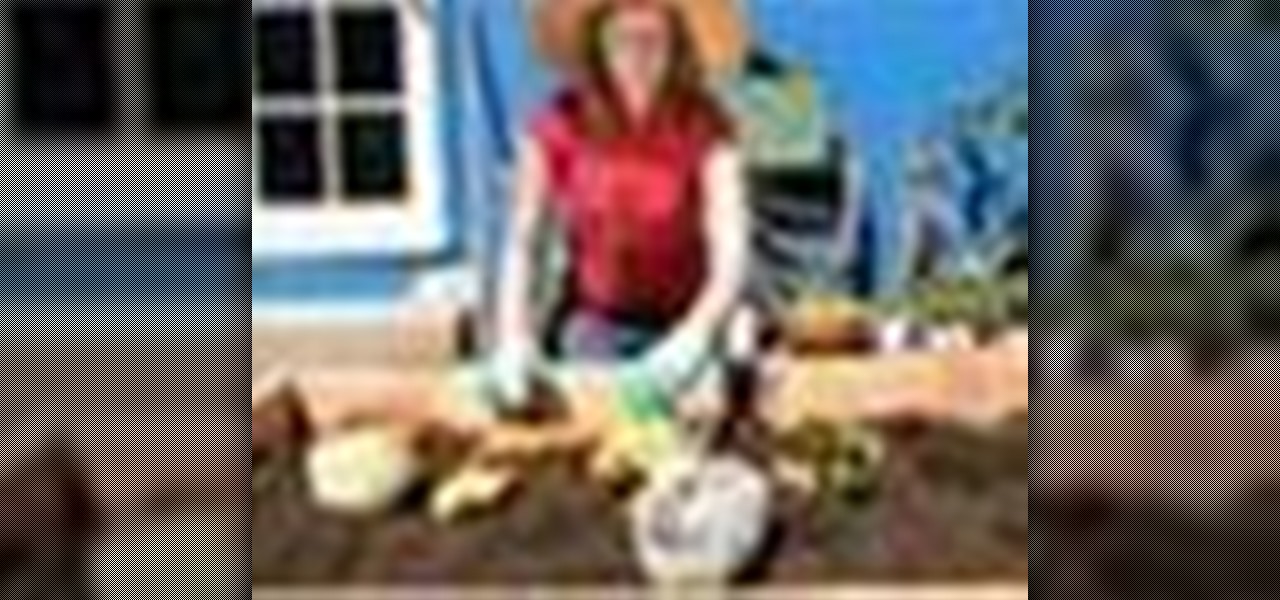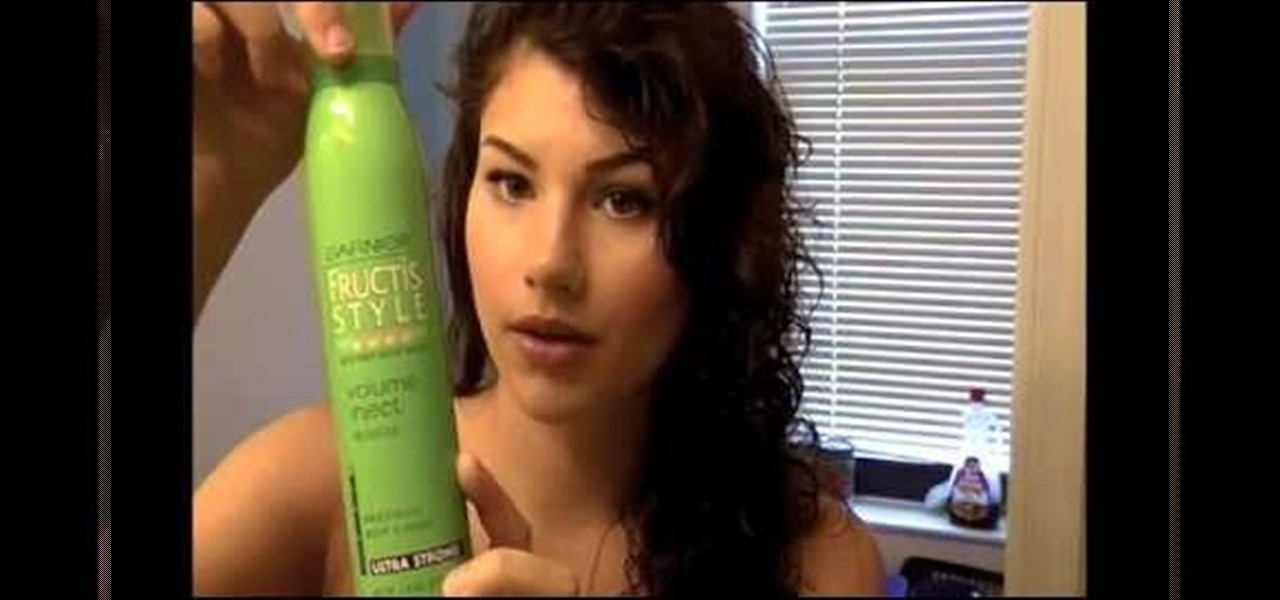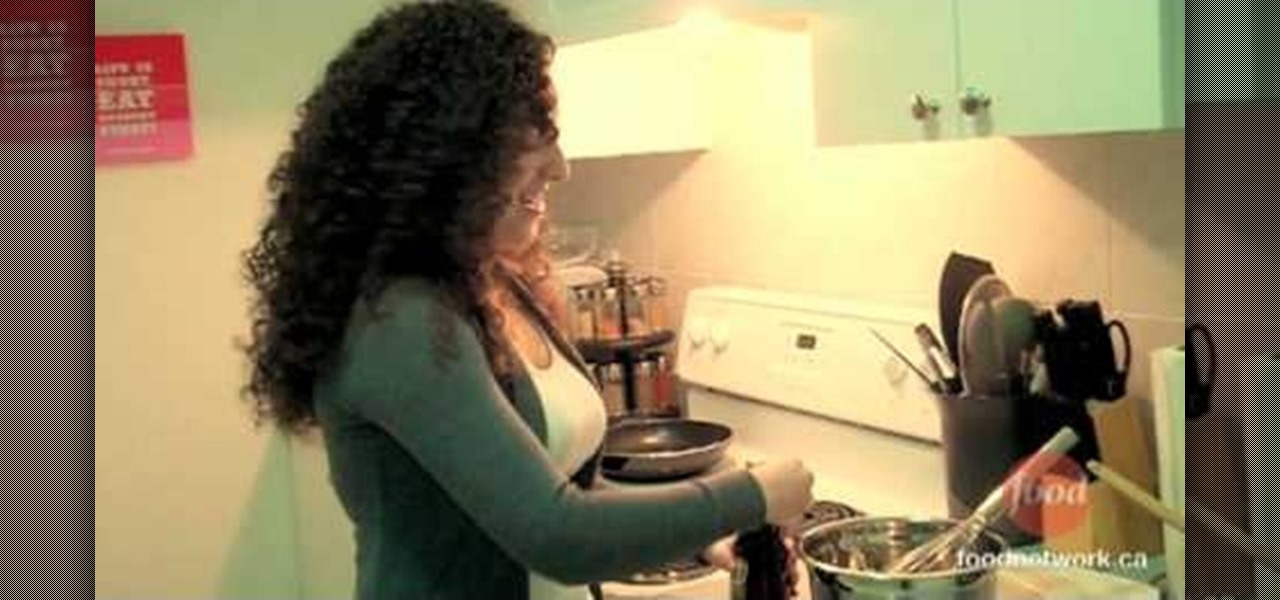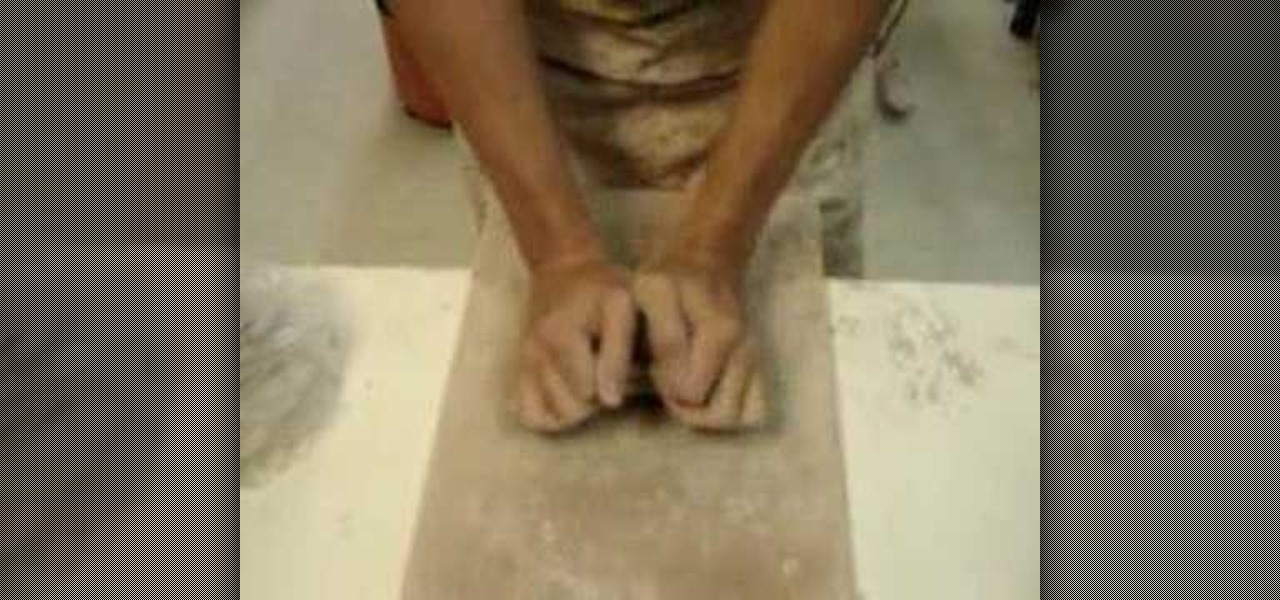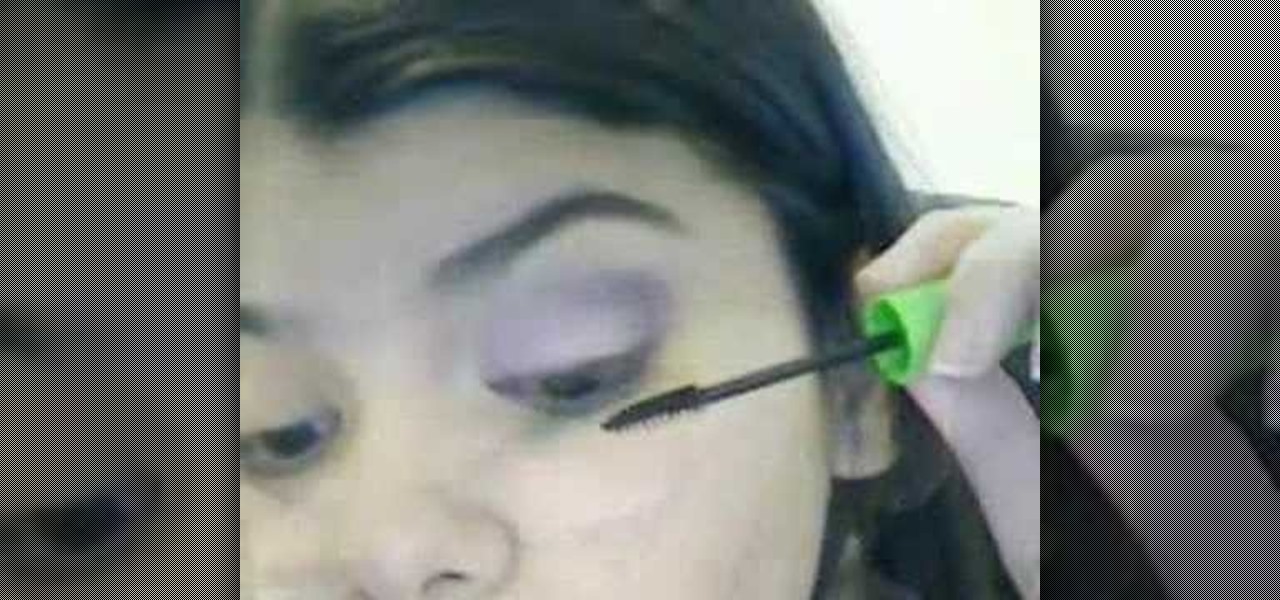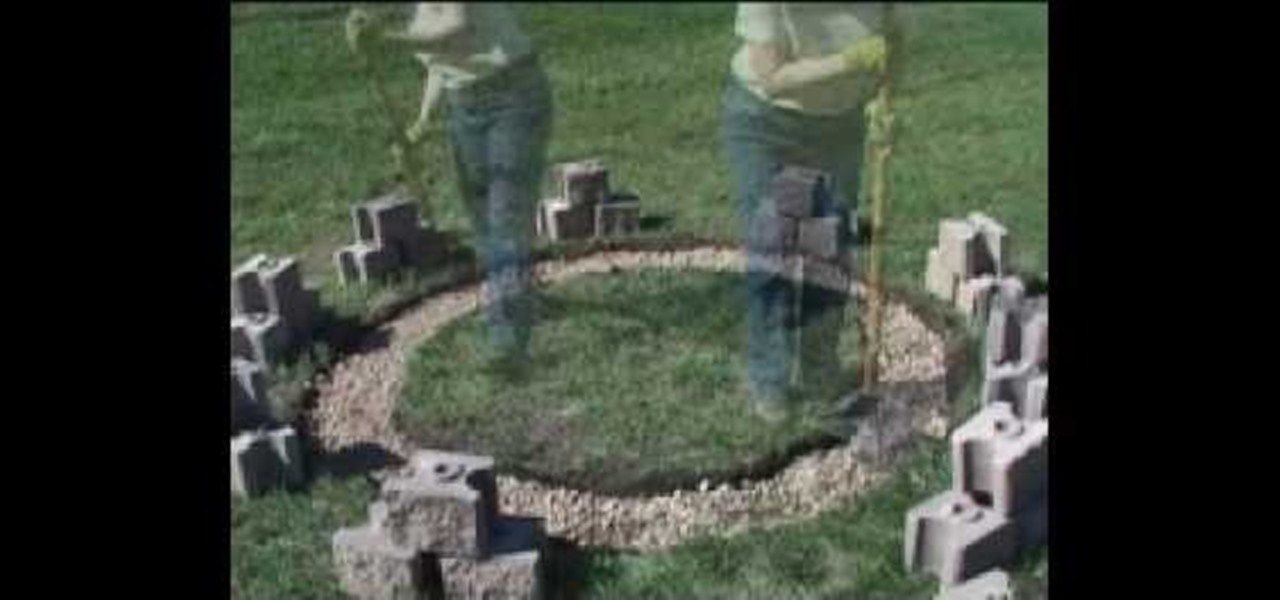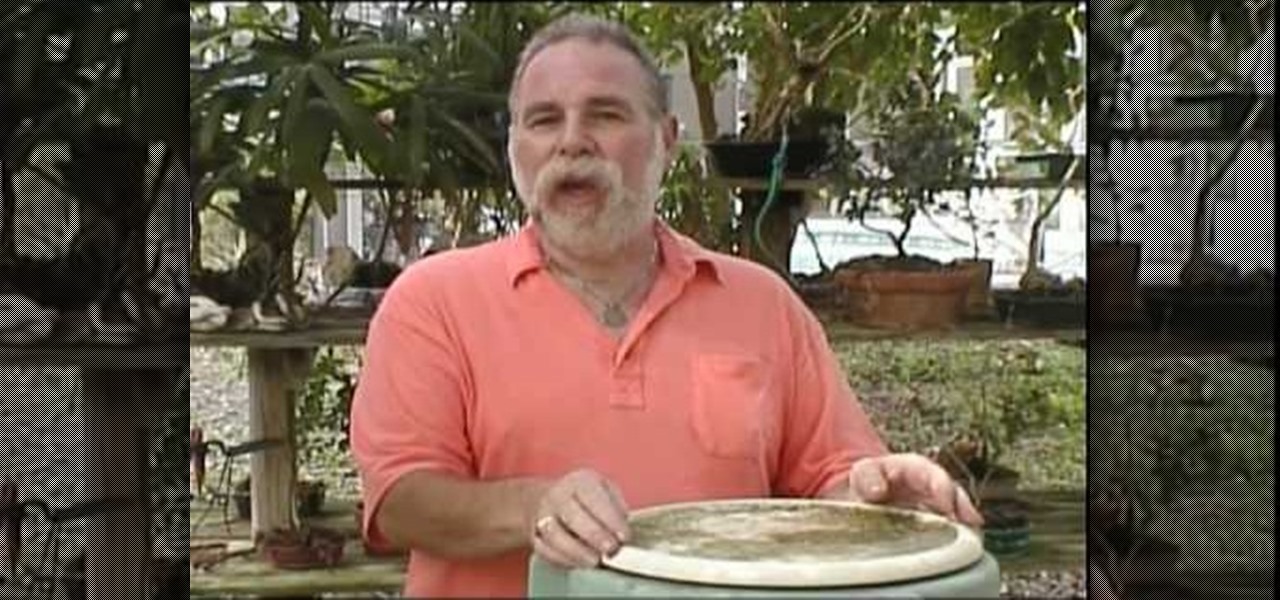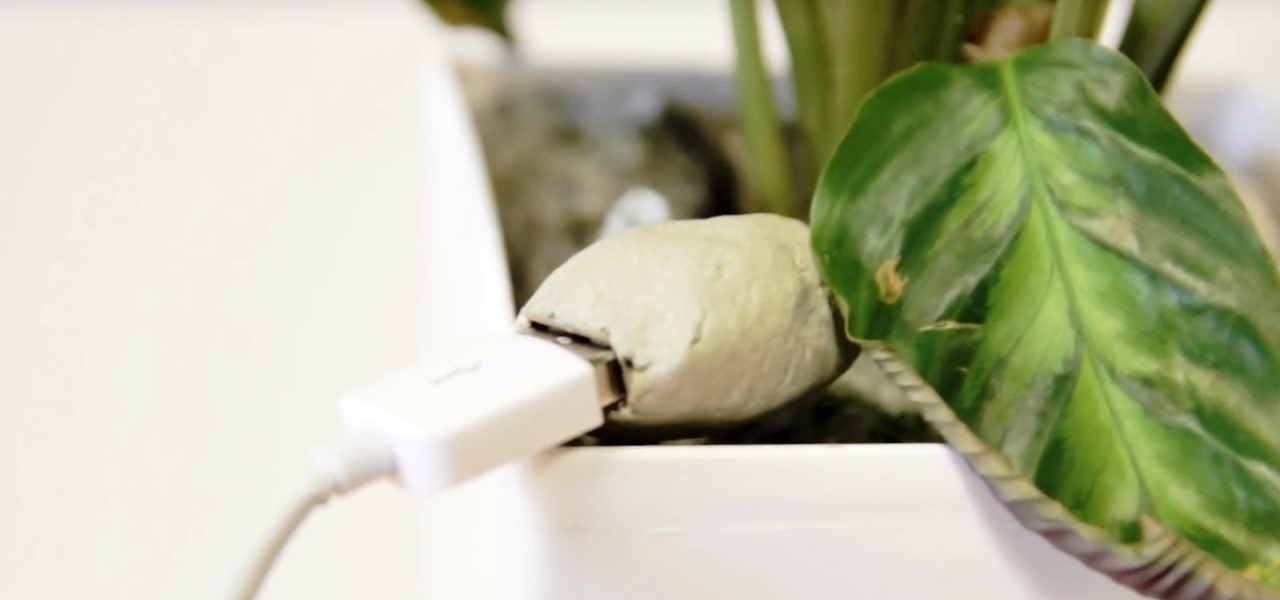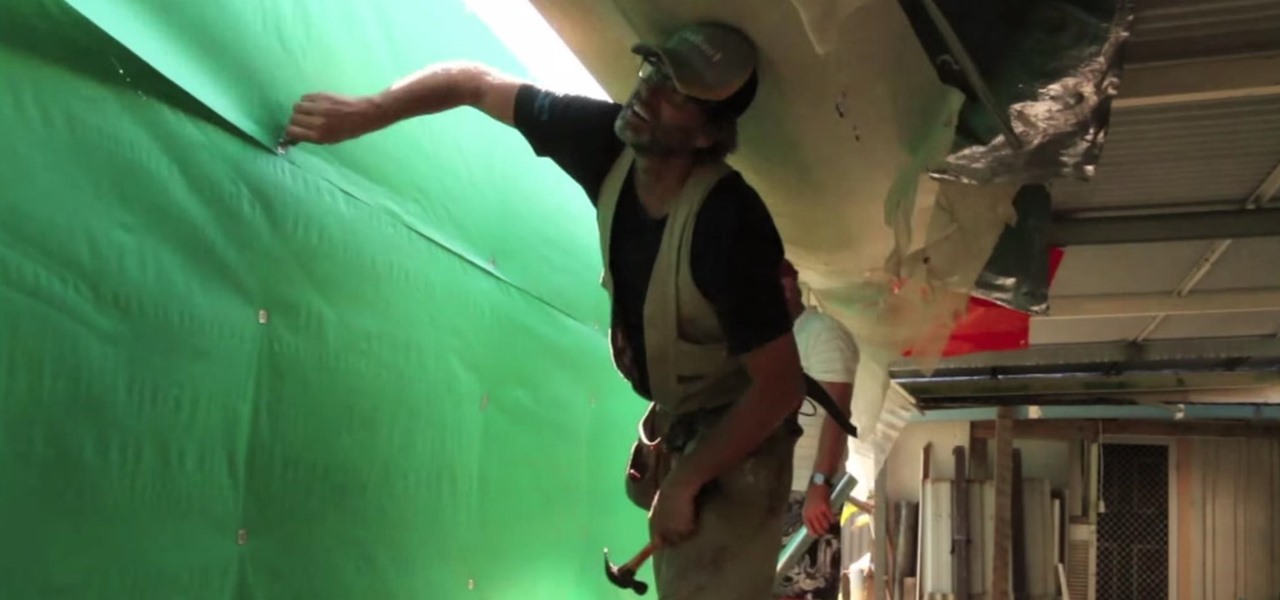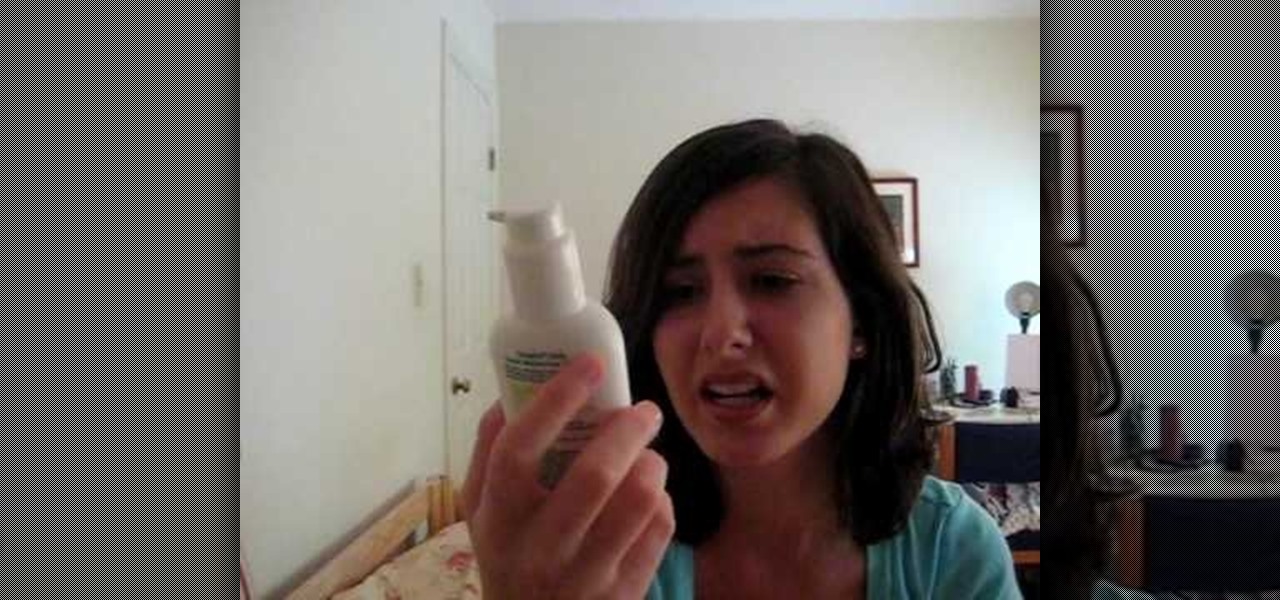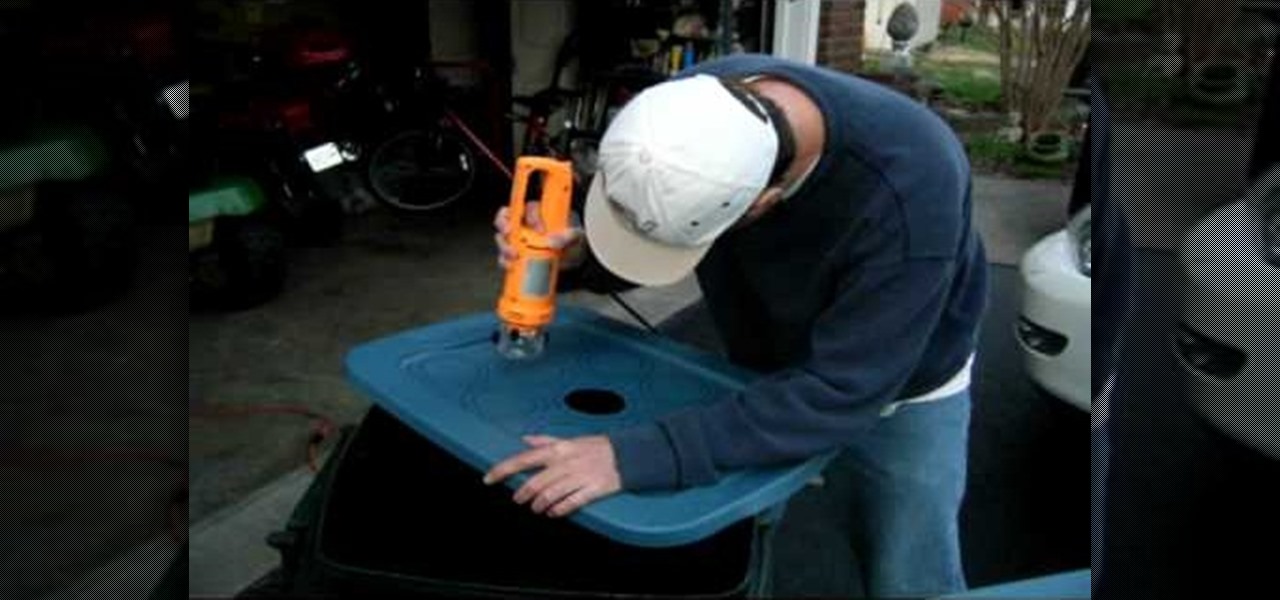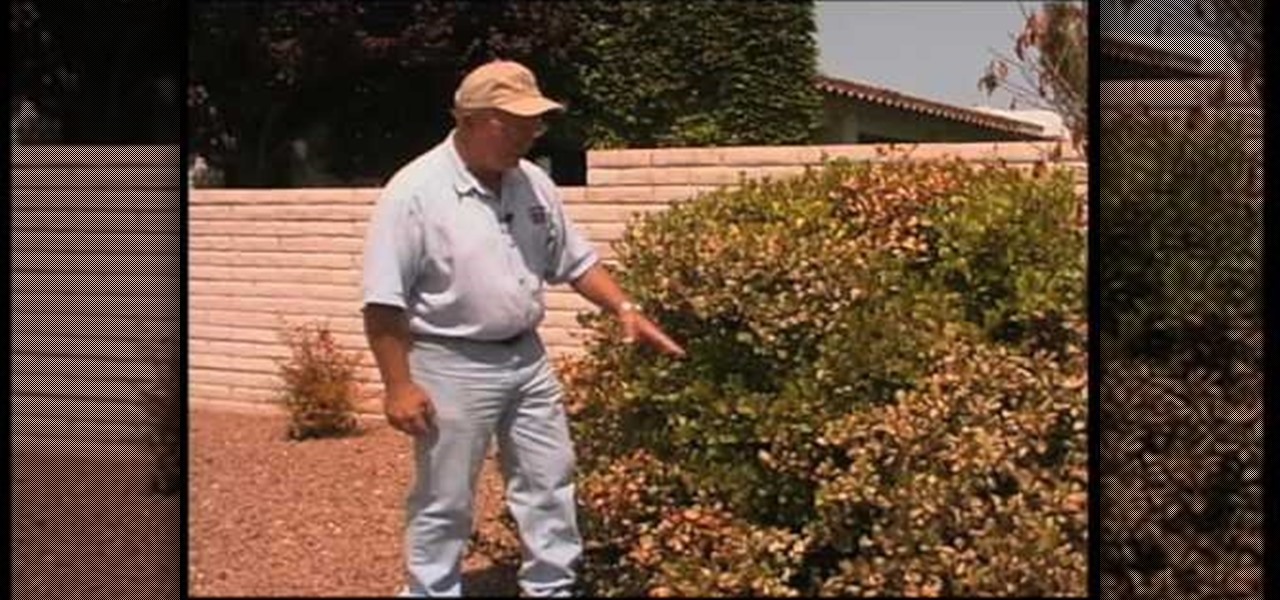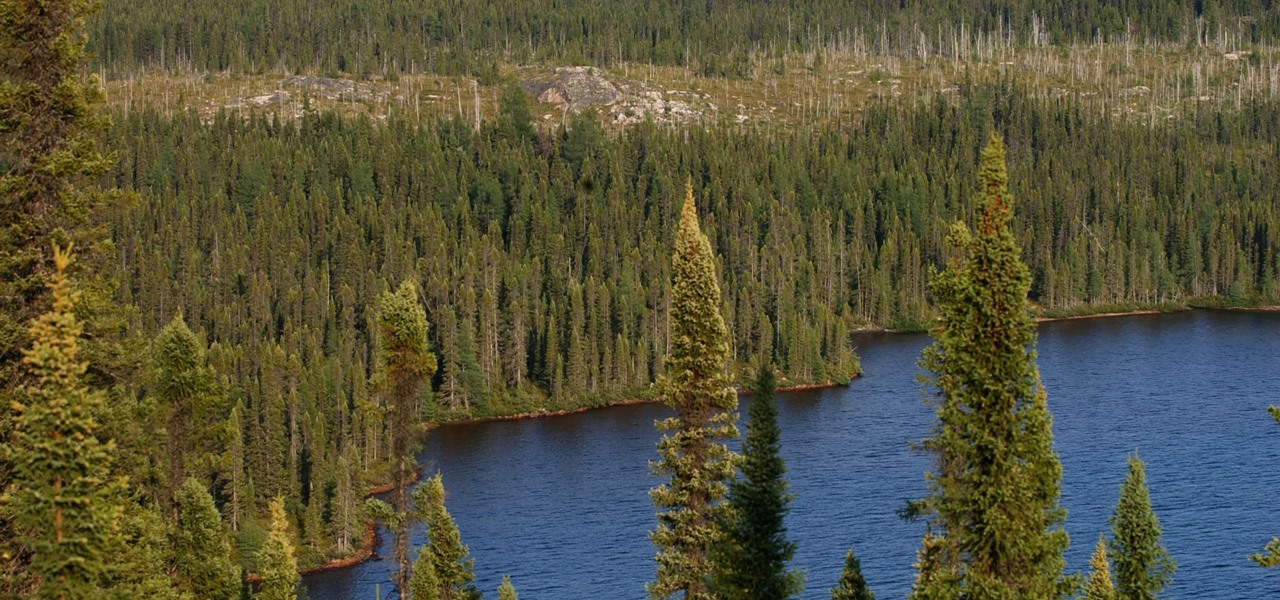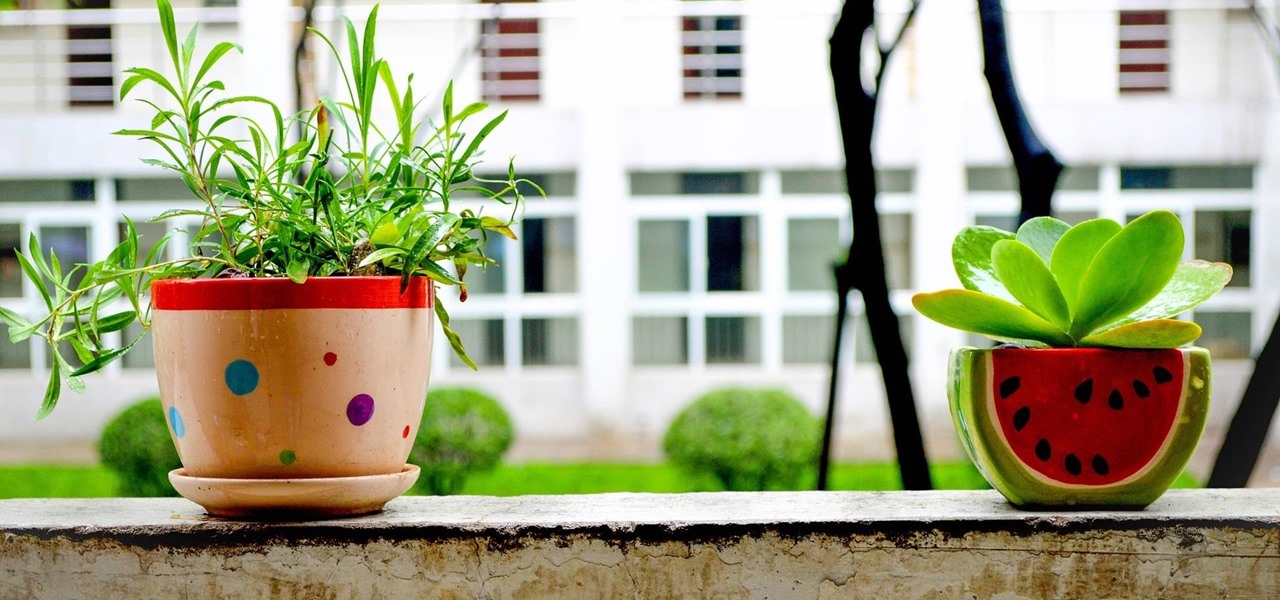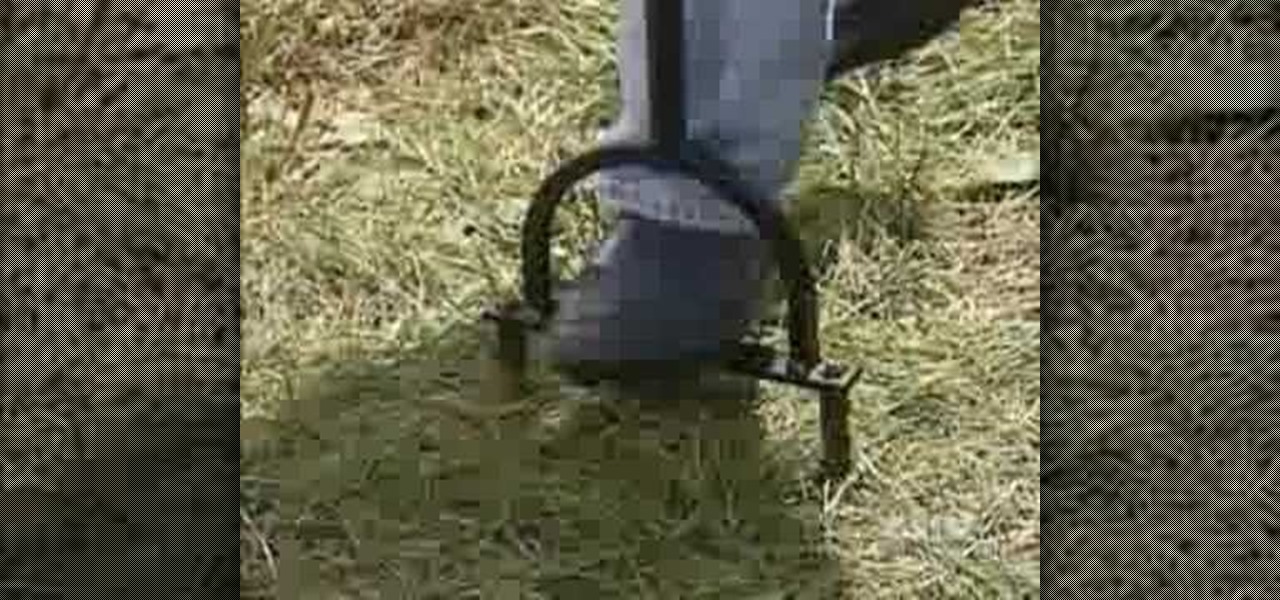
The summer heat may have scorched your grass and all the foot traffic might have compacted the soil underneath. Make your lawn happy with this lesson on getting your yard autumn ready. Watch the how to video and learn how to ventilate, fertilize and re-seed bare spots.

Storm water runoff can cause damage to the foundation of your house as well as to the environment through soil erosion and water pollution. A great solution to this problem is a rain chain. This tutorial teaches you how to make and hang an unique rain chain from recycled material.

A Peltier module allows you to turn heat into electricity. Because you can place it in areas that are normally warm anyway, the electricity created is "free" in a sense, though it does work best when one side of the module is cold and the other is hot. In other words, all you'll need for this project is the Peltier module and a cooler surface such as soil or water, and a warm area such as a well lit window or warm pan.
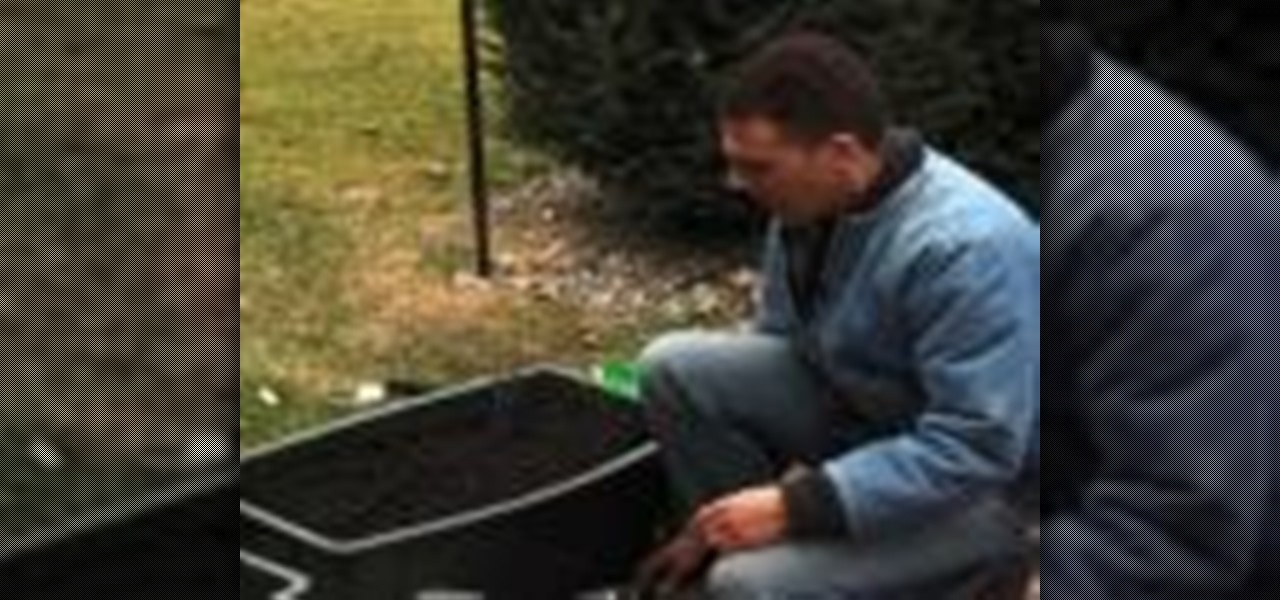
If you love vegetables, but don't think you have the right soil to grow them in, Dave has some great advice for you on how to grow root vegetables in containers.

Rock gardens are a great way to add color and texture to your lawn. Learn how to build a rock garden in your yard. Common goal is to add interest to your yard. You will need rocks, top soil and plants. If you don't know what type of plants talk to your nurseyman at the garden center.
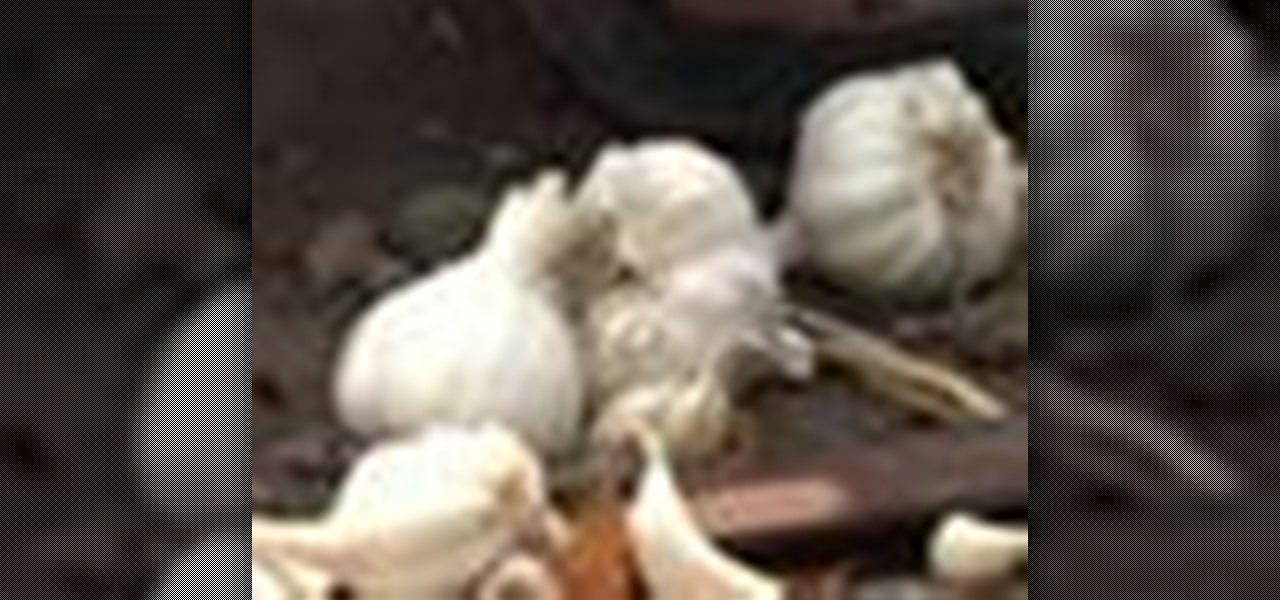
Garlic is good for you and adds great flavor to your cooking. Add this versatile plant to your garden this fall and in no time at all you'll be pulling up fantastic cloves of fresh, home grown garlic that you can use and share with your neighbors.

Blowing dust and fungal spores are creating a public health problem that could be just a slice of what's to come with climate change.

Are you looking for a little microbe magic? Think composting. Composting is a great way to reuse food and plant waste that you would otherwise throw into the trash, which would just end up in a landfill somewhere. During the composting cycle, microbes reduce this organic waste until it can be fed back into the soil as rich, crumbly compost. When returned to the soil, compost feeds plants and improves the nature of life underground. Sound like a great idea? It is — and it's easy.

Imagine you have mastered the perfect cherry pie for your annual work picnic but, upon taking it out of its airtight pie carrier, your heart sinks as you realize the crust has turned to mush thanks to the moisture from the filling. Sound familiar?

Wheat grass is very nutritious for animals like dogs. In this video, we demonstrate how easy it is. The first step is rinsing seeds with water and letting them soak over night for 8-12 hours. After they have soaked, rinse. Evenly place the seeds on a bed of soil in a tray and cover with a paper towel. Then water thoroughly and cover with another tray. Keeping the seeds moist is very important. You should see results in 3 days when you can remove the extra tray and the paper towel. We then dem...

Grow some of your own food by starting a vegetable garden. You'll eat better and save money. You Will Need

Hairstylists often recommend that you don't wash your hair more than three or four times a week, since the natural hair oils will help maintain hair moisture and keep strands strong and healthy. But any girl who leads an active (read: sweat-inducing) lifestyle knows that second day hair feels greasier than the gulf coast.

You can't make traditional English fish and chips without beer batter. This delicious method of frying fish helps retain the moisture and flaky texture of the filets.

Georgia Tech resident pottery instructor, Trip, describes how to knead clay and get it ready for use on the wheel. First you need a piece of soft scrap or fresh clay. When kneading, or wedging the clay, try to force out all of the air bubbles. The kneading board should help to absorb excess moisture. Test the kneaded clay by slicing it with a wire cutter to check for air bubbles.

This makeup tutorial video will show you how you can apply a daytime purple look that's not too outrageous.

Keep you home free from moisture. There can be many unnecessary cracks between your home's wood trimmings and the outside. This how to video gives you tips on how to select and apply caulking.

Keep the hot water heater control valve free of moisture by installing a drip leg.

During the fall, warm and comforting colors like brown, red, and sienna abound. Embrace the natural richness and beauty of fall by incorporating these colors into your next makeup look.

This video shows us how to build a garden bench out of cinder blocks. Before you get started, you need to refer to the How To sheet #320 for all your materials and make sure you have everything you need.

In this how-to video, you will learn how to build a fire pit. This will be useful if you want to enhance your backyard. You will need the required fire pit tools such as 55 york blocks, 25 wall caps, two tubes of masonry adhesive, ten 50 pound bags of crushed rock, 6 50 pound bags of decorative rocks, and one metal fire ring. First determine the layout of the pit. Lay the blocks to the layout and adjust for a tight fit. Use a shovel to mark where the soil and grass will be removed. Remove the...

Southwest Yard and Garden featuring John White, Dona Ana County Extension Agent, hosts a 6 minute clip with co-host Master Gardener Valois Pearce both of Dona Ana County, New Mexico host a short web show featuring plants that can easily survive on smaller amounts of water over typical plants. They begin by discussing the full sun Ice Plant, which comes in many species and colors as well as their hardiness, but unfortunately are easy targets for wildlife. They then move onto the Gopher Plant, ...

The Serissa (Serissa foetida syn. Serissa japonica), is a great little plant for Bonsai. It flowers for most of the year with tiny white and sometimes pink flowers. It is extremely easy to propagate through cuttings. Just take a cleanly cut branch and stick it in sphagnum moss and it should grow easily. It takes very well to pruning and can fill out quite nicely when pruned frequently. This particular specimen had a wild and unkempt look to it. Making, raising, and caring for bonsai is easy i...

If you're a tech geek who cares about the environment, you probably concerned with your personal carbon footprint. You may feel like your love for gadgets is slowly contributing to the degradation of our planet, but tech is your life. And in this scenario, small changes matter.

G'day, Knuckleheads, and welcome to Episode 20 of my Owner Builder Series! In this Episode, we look at installing the Wall Wrap which goes on before the cladding is installed. It's a vapour membrane that protects the frame and internal linings from moisture damage.

Firstly, looking like modern screen siren Eva Mendes requires confidence. Lots of confidence. The stunner has posed nearly nude for Calvin Klein and doesn't flinch at wearing extremely form-fitting, low cut frocks at red carpet events. Plus, the girl loves having fun with her makeup.

In this video, we learn how to make a hospital bed while it's occupied. First, take the top blanket off then take the linens off and make sure the patient is lying on their side. After this, roll the linens towards the patient, then replace new ones where the old linens were originally at. After this, put down a moisture sheet and place it under the clean sheet. Now, put the side table up and roll the patient over and let them know there will be a bump in the middle. Now, move to the other si...

It's summer, gals, which means it's time to have fun with your makeup and break out of your nudes and neutrals mold. So no, that doesn't mean venturing into scary chocolate browns and - gasp! - even royal purples.

Sushi on your face?! Okay, not really. Rather, applying seaweed to your face will help restore moisture to skin, helping with anti-aging efforts.

More than her bootylicious derriere, Kim Kardashian is famous for her luminous, bronzy skin that smiles for the cameras and is the perfect accessory for any outfit.

Eddie from the Long Island Boaters Club shows in four easy steps how to prepare the engine of your boat for the winter. He discusses the three items needed for proper preparation and makes product suggestions. Then he takes us through the procedure. He starts by pouring an additive to the oil tank and a stabilizer to the fuel tank. Eddie shows us how to attach a hose to the water jacket to flush salt water. He runs the engine for ten minutes. At the end of that period, he demonstrates how to ...

This video shows a way to finally get rid of your acne. Cleaning the skin is the first thing to do. Use Cetaphil Gentle Skin Cleanser at night only without moisture. During the day wash with water and use Day Oil-Free Neutrogena Advance Solutions to moisturize. Exfoliate only one to two times per week with St Ives Apricot Scrub to prevent acne scars from getting dark. For under the makeup treatment use Clean and Clear Advantage or Rare Minerals Blemish Therapy. A good makeup to use is made by...

This is Hydroponics: At Home for Beginners.

Instead of buying expensive peat pots to plant your seeds in, make these spiffy planting pots by rolling recycled newspaper around a glass or jar. The finished pots are sturdy and will break down quickly once they've been planted in the soil.

Lars explains how to use a recycled plastic compost bin. Video shows how bin has no bottom to help your soil stay biologically active. Watch video for best results.

In this how-to video, you will learn how to indicate if tree damage has occurred due to a natural gas leak. In this example, a Mexican Elder tree has been damaged by the gas leak. You can tell by the brown leaves. The plastic around the soil has trapped the gas in the soil, cutting off the oxygen from the tree. The Indian Hawthorne in this example has also been damaged. There is some foliage burn on the leaves. The bush will have to be trimmed back in order to save it. There are several plant...

A 6,000-year-old forest inhabitant awakens to find life in the forest around it in crisis. Plants, trees, animals, and birds are moving north to escape increasingly heated air, even as mass extinctions take place around the world. The inhabitant stirs and remembers it has lived this before and knows what to do.

Being a city dweller does not mean you cannot save the planet — or your food scraps. Climate change and resource management are big issues. Composting in any size space is not only possible, but it gives you a chance to reduce greenhouse gasses and reuse food scraps. Right now, about 40% of all food in the US goes to the landfill. In addition to planning meals and using your food in creative ways to reduce the amount that goes to waste, you can compost.

In this how to video, you will learn how to grow pumpkins. First, you must pick an area with plenty of sunshine to place your seeds in. Make sure there is enough room for vine and pumpkin growth, and that the area will not freeze. Build a mound of dirt about three fit in diameter with compost and soil. Next, plant two seeds per mound. Plant them in the middle about 8 inches apart. Cover the seeds with an inch of soil. Give them plenty of water once you have planted them. The pumpkin vines gro...

Martyn Cox show us how to plant spring bulbs. You want to begin with bulbs that are firm, with intact skin. You don't need a garden to grow these; you can put them in a pot. If using a terracotta pot, you need to cover the hole in the bottom with another piece of terracotta, to prevent leakage. Next, you add in the compost, breaking up any lumps. For most bulbs, plant them about three times their depth. The flat side is the bottom. You can plant a few together, but make sure they aren't touch...

First of all you have to take the branch of the juniper tree. You can do this activity in the early spring which is the months of February and March. Take a very sharp knife and then peel the bark until you see green color. You have to tear the bark down until you see the greenery below the bark and that greenery is called cambium which is extremely thin. You have to use your knife to remove any kind of knots from the bark. Now you have to dip it in the “RooTone” which is a rooting hormone an...









